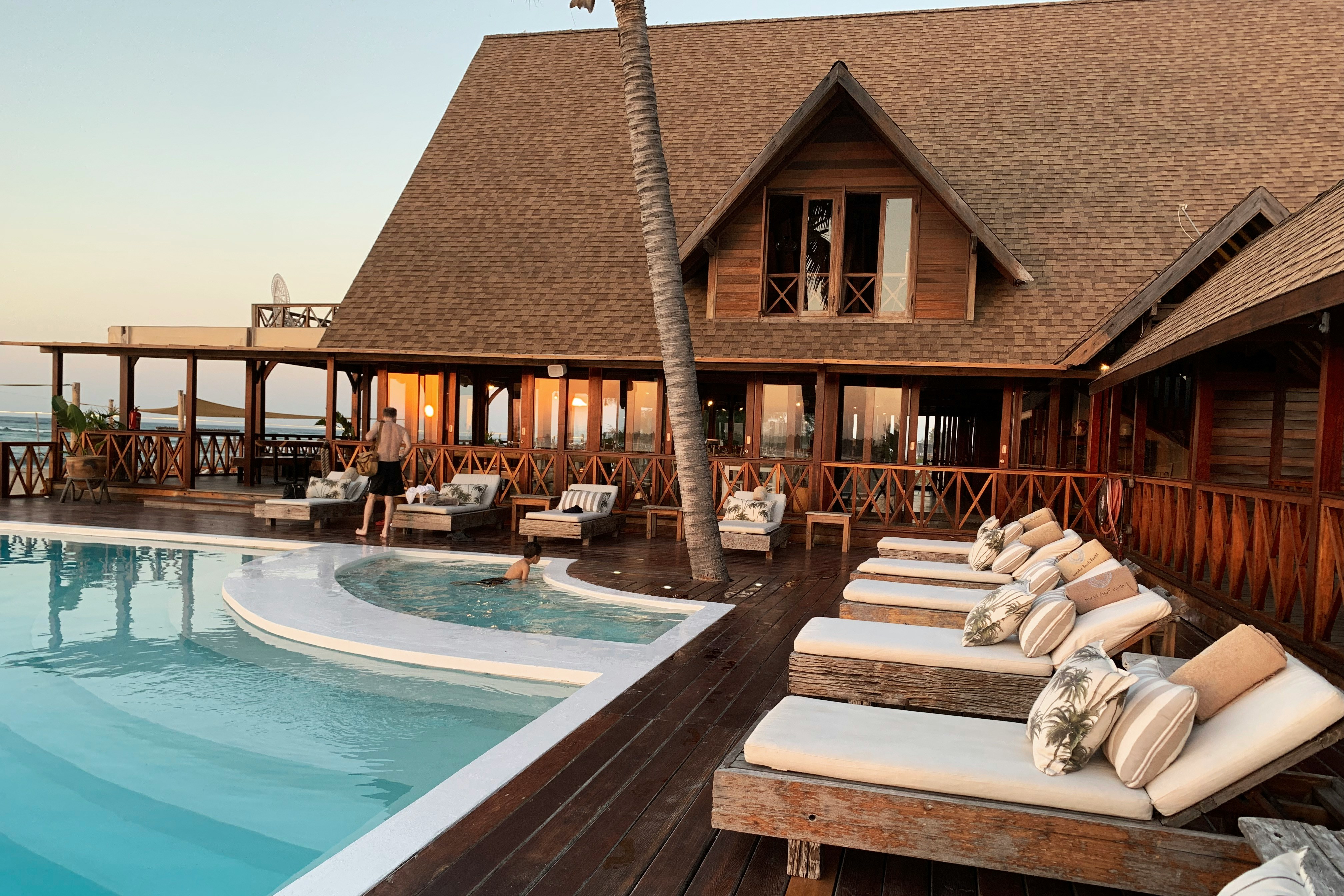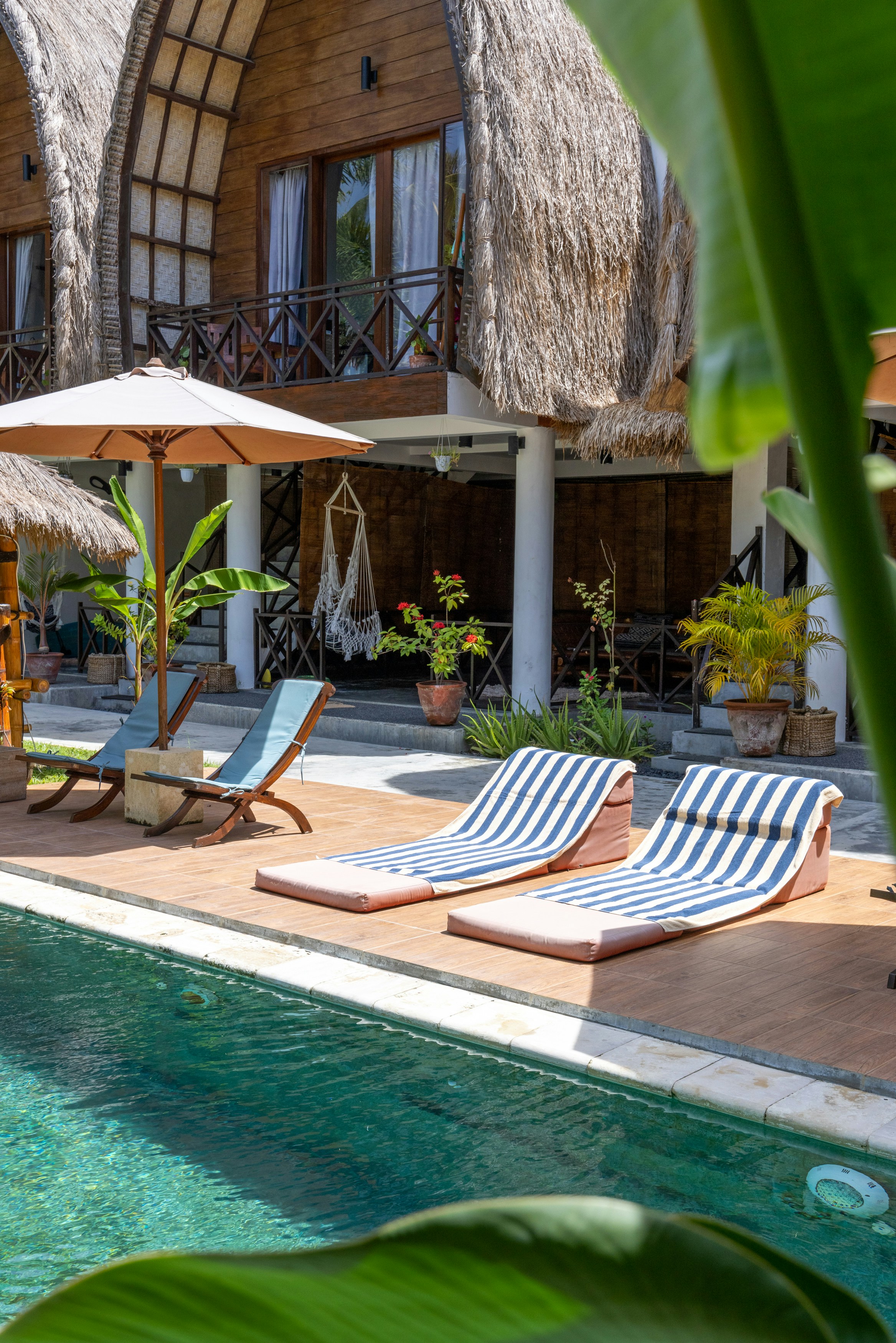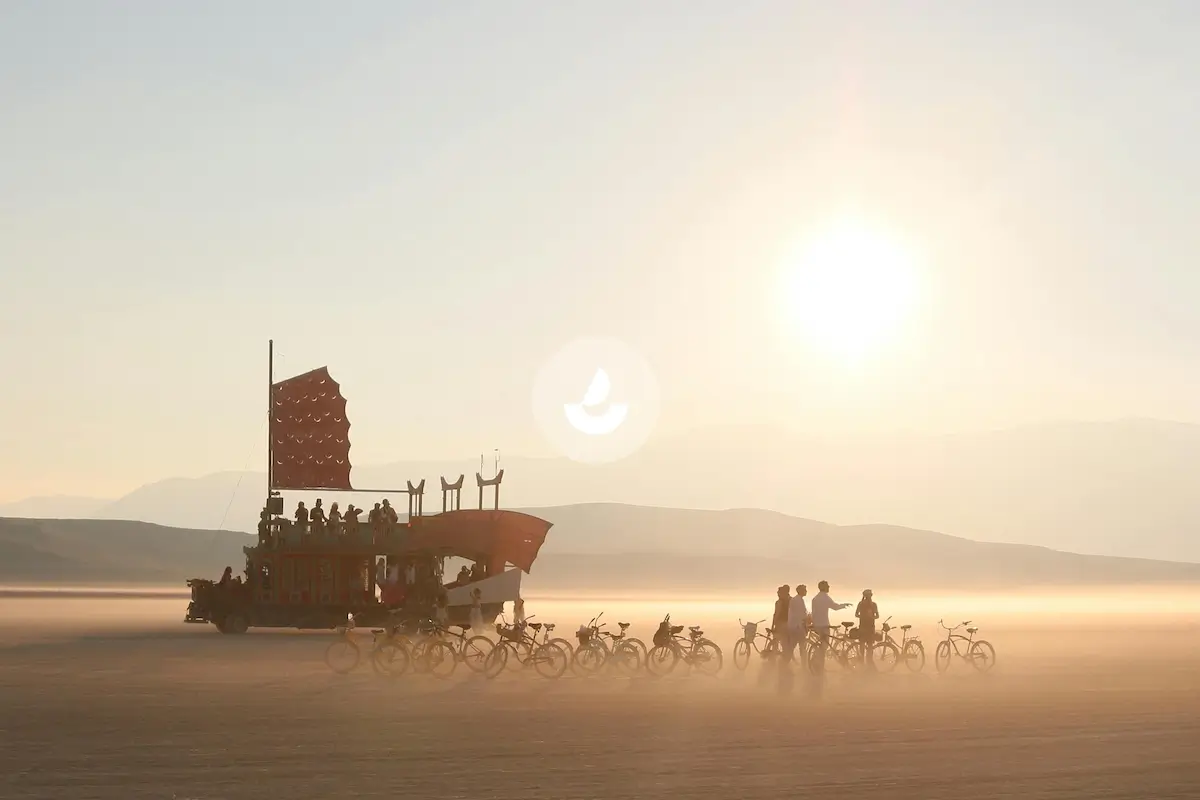Vatadage
Vatadage things to do, attractions, restaurants, events info and trip planning
Plan your stay

Pet-friendly Hotels in North Central Province
Find a cozy hotel nearby and make it a full experience.

Affordable Hotels in North Central Province
Find a cozy hotel nearby and make it a full experience.

The Coolest Hotels You Haven't Heard Of (Yet)
Find a cozy hotel nearby and make it a full experience.

Trending Stays Worth the Hype in North Central Province
Find a cozy hotel nearby and make it a full experience.
Posts
The Polonnaruwa Vatadage is one of the most iconic and significant archaeological sites in Polonnaruwa, Sri Lanka. It is a circular relic house or stupa shrine that was built during the reign of King Parakramabahu I (1153-1186 AD), a period known for its great cultural and architectural achievements. The Polonnaruwa Vatadage holds a central place in the city's sacred architecture and is a UNESCO World Heritage site. Key features and information about the Polonnaruwa Vatadage: Circular Design: The Vatadage is known for its circular design, a typical feature of Vatadages in Sri Lanka. Its circular layout represents the concept of eternity and the unending cycle of samsara in Buddhism. Central Stupa: In the center of the Vatadage stands a stupa, which is a dome-like structure that houses relics, often associated with the Buddha or other revered figures. The central stupa is surrounded by a circular terrace. Four Entrances: The Polonnaruwa Vatadage has four entrances, each facing one of the cardinal directions. These entrances are adorned with intricately carved moonstones, guardstones, and sculpted doorways. The moonstones typically feature exquisite carvings depicting scenes from Buddhist cosmology. Guardstones: Guardstones are stone sculptures placed on either side of the entrances. They depict protective figures or deities and are meant to ward off evil spirits. Outer Wall: The Vatadage is enclosed by an outer wall, which serves as an additional protective layer for the sacred relics and the central stupa. The outer wall features elaborate carvings and decorations. Decorative Carvings: The entire structure is adorned with a variety of decorative carvings, including images from Buddhist stories, lotus petals, and other intricate motifs. The Polonnaruwa Vatadage is not only an architectural marvel but also an important religious site. It was built to house and protect sacred relics, making it a revered location for Buddhist worship. Visitors can explore the site and admire its historical and artistic significance, as it offers a glimpse into the rich cultural heritage of ancient Sri Lanka.
Dhanushka Wikramasinghe
10
This beautiful Stupa House (Vatadage) has been built before the time of Nissanga Malla (1187-1196) but he has carried out major renovations on this building. So what you see today is probably his work. The uniqueness of such buildings is that the Stupa is protected by a roof. Therefore Stupa’s in such buildings are small. Another beautiful “Vatadage” is situated in Madirigiriya few kilometers away from Polonnaruwa. A detail description of the overall “Stupaghara” or “Chethiyaghara” architecture including vatadages of Sri Lanka can be found here. On the centre is a small stupa and on the four sides, there are beautifully carved Buddha statues. These statues are different to what is normally found. The curly hair is not visible on the head. And the robe is also flat which is unusual. The roof has been supported by two rows of stone pillars around the Stupa. None of the pillars are visible today. But the pillars outside the walls are still intact. Four sets of beautifully carved stone stairs lead the upper level from four sides. On the side of stair case some of most beautiful guard stones and moonstones in this area can be seen. The guard stones on the eastern side of the temple is said to be the best guard stone in t he Polonnaruwa era. The moonstones in the Polonnaruwa era had undergone a major change compared to the Anuradhapura moonstones. The most visible is the disappearance of the bull in the carvings. (See Pancavasa with the Moonstone for a brief description of moonstones in Anuradhapura era.) Where the moonstones originally had four animals – the elephant, the horse, the lion, the bull, now only three remain. Bull is the vehicle of God Shiva (according to Hindu beliefs) and is considered a holy animal by Hindu’s. Probably for this reason, it has been taken off the moonstone where everybody who enters the temple tramples. Instead the bull has been placed on the side of the stairways at a higher elevation in some places.
Roshan Kalpa Tharanga
10
Date of visit- 2nd September 2018 Its part of the sacred quadrangle site in Polonnaruwa. The quadrangle holds numerous significant sacred monuments, displaying the most grandeur architecture of the Polonnaruwa period. These are the Vatadage Stupa, Atadage and Hetadage (shrines of the Tooth and Bowl Relics), Nisshankalatha Mandapa, Galpotha (Stone Book) and the Sathmahal Prasada Stupa (Seven story edifices). The most eye-catching sight of the quadrangle is the circular Vatadage. The middle of the shrine is surrounded by four large Buddha statues seated around it. It is believed that the Atadage was constructed to contain the Buddha Tooth Relic, that is now in the Temple of Tooth in Kandy. Truly the craftsmanship is spectacular and one of the best sights in Polonnaruwa ruins.
S S
20
The Vatadage is not only a masterpiece of architecture but also a symbol of Sri Lanka’s rich Buddhist heritage. Originally constructed to enshrine sacred relics, it was a focal point of religious activities and a center of veneration. The remnants of four Buddha statues that once graced the inner platform add a sense of reverence and historical depth to the site. Artistic Details: The artistry of the Vatadage is evident in the finely carved stone balustrades, intricate floral motifs, and the graceful lion and elephant sculptures that adorn the structure. The attention to detail and the craftsmanship displayed in these carvings reflect the skill and dedication of the artisans of that era. Each element of the Vatadage contributes to its grandeur and enduring beauty.
Dilan Indika Silva
00
Polonnaruwa Watadage was built in the 12th century in Polonnaruwa by the Polonnaruwa Kingdom, it holds a precious Buddha relic. People love its beautiful stone carvings, a great example of old Sri Lankan art. It's an evidence to the skilled craftsmen of its time. Medirigiriya Watadage is located in Medirigiriya, this circular relic shrine might be even older than Polonnaruwa, going back to the Anuradhapura Kingdom. Its special design makes it an architectural treasure. Historians believe it was a place of worship and reflection. These structures are a glimpse into the rich history and culture of Sri Lanka, showcasing the devotion and craftsmanship of ancient civilizations. Don't miss the chance to step back in time and appreciate these unique landmarks.
Isuru Abeygunawardana
00
වටකුරැ ධාතු ගෙය වටදාගෙන යනුවෙන් හැඳින්වේ. අතීතයේ මෙම වෘත්තාකාර ධාතු ගෘහය මධ්යයේ ස්තූපයක් සාදා සර්වඥ ධාතු නිධන් කර තිබීම නිසා මෙලෙස හඳුන්වයි. වටදාගෙය සාදන්නේ කුඩා ස්තූප සඳහා පමණි. ඒ ස්තූපයේ ආරක්ෂාවටය. දළදා මැදුරක් පළමුවන විජයබාහු රජතුමාට පසු ලක්දිව එක්සේසත් කළේ පළමුවන පරාක්රමබාහු රජුයි. දළදා පූජාවලියේ සඳහන් අන්දමට පරාක්රමබාහු රජු සුගලා දේවිය භාරයේ තිබූ දළදාව සියතට ගෙන පොලොන්නරැව නගරයේ එතුමන්ගේ රජමාලිගය ආසන්නයේම දළදා මැදුරක් ඉදිකොට තිබේ. සෙනරත් පරණවිතාන මහතාගේ මතයට අනුව අද පොලොන්නරැ පුජා භූමියේ දක්නට ඇති මෙම වටදාගෙය එම දළදා මාලිගාව වටකොට සාදන ලද්දකි. සඳකඩපහණ පොලොන්නරැ වටදාගෙය ප්රධාන වේදිකා දෙකකින් යුක්තය. පහළ මාලයේ විෂ්කම්භය අඩි 120කි. පොළොවේ සිට අඩි 4 අඟල් 6 ක් උසය. පහළ වේදිකාවට ගොඩවීමට පියගැටපෙළ ඇත්තේ උතුරැ දෙසිනි. පියගැට පාමුල ඇති සඳකඩපහණ විශේෂත්වයක් ගනී. එනම් පොලොන්නරැ යුගයෙන් හමු වන හොඳම සඳකඩපහණ මෙයයි. මෙහි අශ්ව රෑප 12කි. හංස රෑප 30කි. සත් පොළකින් වක ගැසුණු ලියවැල් පෙති නවයකි. මධ්යයේ සුපිපි නෙළුමකි. අශ්ව රෑප 14 කි. අල්ප උන්නත ශිල්ප ක්රමයට අනුව කැටයම් කර ඇත. පොලොන්නරැ යුගයේදී හින්දු බලපෑම නිසා සඳකඩපහණෙන් ගවයා ඉවත් විය. ශෛලමය ප්රාකාරය පහළ වේදිකාවේ සිට ස්තූපය පිහිටි ඉහළ වේදිකාවට ගොඩවීමට සිව් දිසාවෙන්ම පිටගැටපෙළ සතරකි. වේදිකාව වටා ශෛලමය ගල් ගරාදි වැටකි. ගල් වැටේ පිටත මල් මෝස්තරවලින් අලංකාර කර ඇත. ගරාදි වැටේ තැන් තැන් වලින් ඉහළ නැඟි ගල් ස්තම්භ කිහියපකි. ගල් වැටෙහි පිටතින් බොරදම් තීරැ කිහිපයකි. එම තීරැවල සිංහ රෑප, වාමන රෑප කැටයමට නඟා ඇත. ගල් වැටෙහි නැගෙනහිර දිසාවේ පියගැටපෙළට සම්බන්ධ කර තිබෙන මුරගල පොලොන්නරැවෙන් හමු වන හොඳම මුරගල ලෙස සැලකෙයි. ගල් ගරාදි වැට ඇතුළතින් ගඩොලින් ආවරණයකි. වර්තමානය වන විට ඉතිරිව පවතින්නේ මෙම ගොඩනැගිල්ලේ බිත්ති කිහිපයක් පමණි. මෙම ගඩොල් ගොඩනැගිල්ල මධ්යයේ ඇත්තේ ගඩොලින්ම තැනූ කුඩා ස්තූපයකි. බුද්ධ ප්රතිමා ස්තූපය සතර පැත්තේ සතර දිසාවට මුහුණලා හිඳි බුද්ධ ප්රතිමා සතරකි. එය ශෛලමය ආසනයක් මත වැඩ හිඳින ආකාරයෙන් නිමවා ඇත. ප්රතිමාවල සිවුරැ රුලි වලින්ත තොරය. හිස මුඩු කොට ඇත. මෙම ලක්ෂණ හා සැසඳමේදී මෙම ප්රතිමා පොලොන්නරැ යුගයේ නිර්මිත ප්රතිමා වලින් වෙනස් මඟක් ගෙන ඇති බව පෙනේ. පොලොන්නරැ යුගයේ නිර්මිත ප්රතිමා වල සිවුරේ දැකිය හැක්කේ ද්විත්ව රුලි රටාවකි. මෙවැනි ලක්ෂණ නිසා මෙම ප්රතිමා මීට පෙර යුගයකදී නිර්මාණය වන්නට ඇතැයි ඇතැමුන්ගේ විශ්වාසයයි. ඉතා සිත්ගන්නාසුලු කැටයමින් හෙබි පොලොන්නරැ වටදාගෙය පොලොන්නරැ ගල් වඩුවාගේ ශිල්පීය ඥානය විදහා දක්වන්නකි.
Saranga Jayasinghe
10
Nearby Attractions Of Vatadage
Dalada Maluva - (Polonnaruwa)
Royal Palace of King Maha Parakramabahu
Polonnaruwa Ancient City
Hatadage
Nissanka Latha Mandapa _ නිශ්ශංක ලතා මණ්ඩපය
Pabalu Vehera (Temple of Marbles) - 52
Sathmahal Prasadaya (සත්මහල් ප්රාසාදය) - 51
Kumara Pokuna - 32 (Pond)
Atadage
Thuparama Image House - 31(Image of Boddhisathwa)

Dalada Maluva - (Polonnaruwa)
4.6
(899)
Click for details

Royal Palace of King Maha Parakramabahu
4.7
(577)
Click for details

Polonnaruwa Ancient City
4.5
(554)
Click for details

Hatadage
4.7
(149)
Click for details
Basic Info
Address
W2W2+WGV, Polonnaruwa, Sri Lanka
Map
Phone
+94 112 692 840
Call
Website
archaeology.gov.lk
Visit
Reviews
Overview
4.7
(388 reviews)
Ratings & Description
cultural
scenic
family friendly
off the beaten path
Description
The Polonnaruwa Vatadage is an ancient structure dating back to the Kingdom of Polonnaruwa of Sri Lanka. It is believed to have been built during the reign of Parakramabahu I to hold the Relic of the tooth of the Buddha or during the reign of Nissanka Malla of Polonnaruwa to hold the alms bowl used by the Buddha.
attractions: Dalada Maluva - (Polonnaruwa), Royal Palace of King Maha Parakramabahu, Polonnaruwa Ancient City, Hatadage, Nissanka Latha Mandapa _ නිශ්ශංක ලතා මණ්ඩපය, Pabalu Vehera (Temple of Marbles) - 52, Sathmahal Prasadaya (සත්මහල් ප්රාසාදය) - 51, Kumara Pokuna - 32 (Pond), Atadage, Thuparama Image House - 31(Image of Boddhisathwa), restaurants:

- Please manually select your location for better experience
